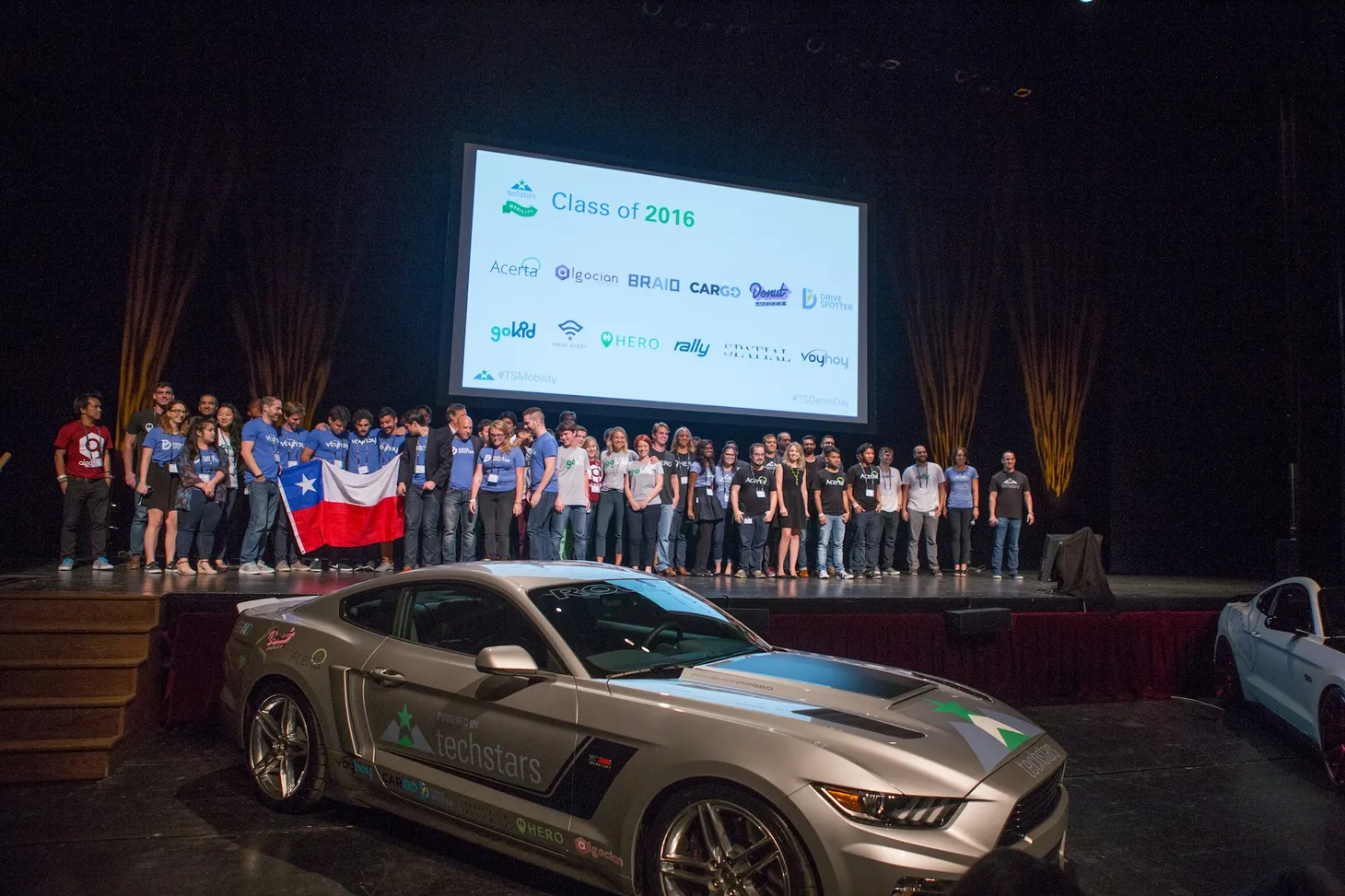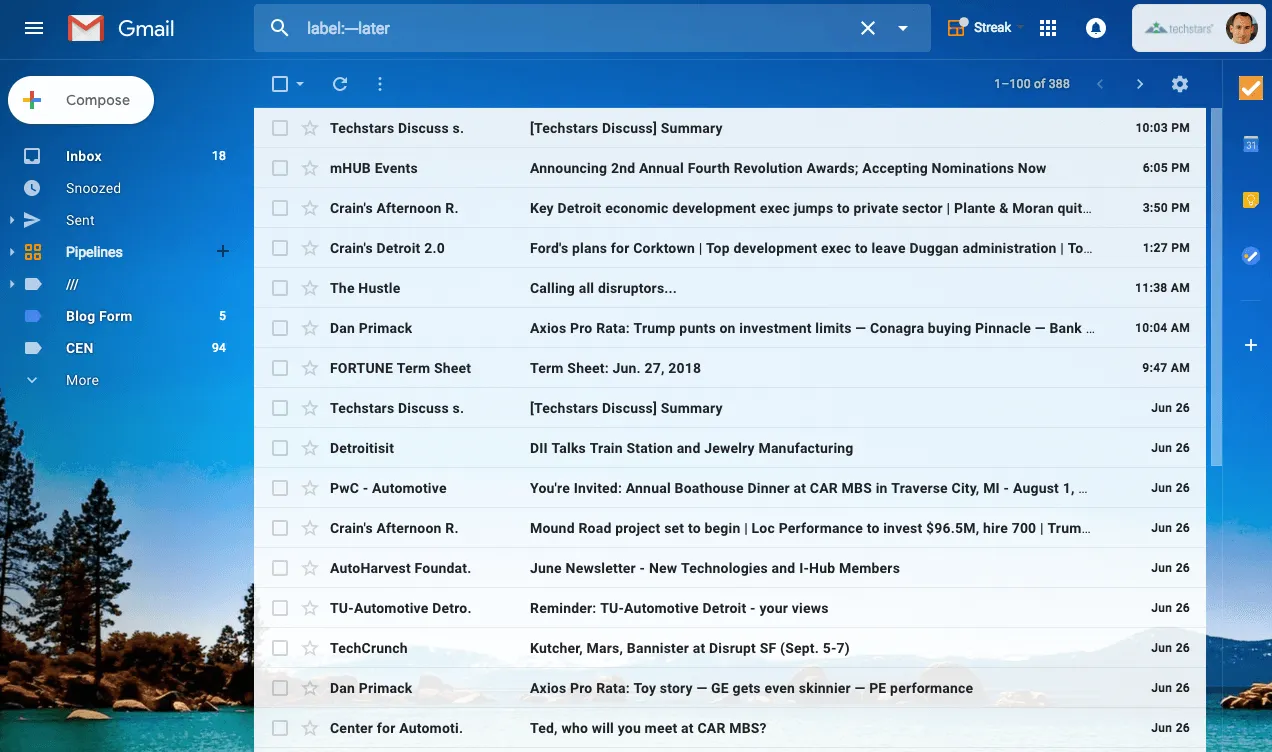Top Tier Gasoline
This blog post has been featured in the August 2007 issue of Klatsch, the Florida Crown Region Porsche Club newsletter.
In the November 2005 issue of BMW CCA’s Roundel magazine, there was a fantastic article written about gasoline and what you’re really pumping into your car each time you fill it up.
So what do you really put into your car each time you fill it up?
From a chemical standpoint, gasoline is simply a mixture of hyrdocarbons, with the most widely known of these being octane, ya know, that 87 or 93 number you see on the yellow sticker at the gas pump.
Does it really matter which octane rating (or number) you really select? Most certainly. The octane rating is “nothing more than an index of a motor fuel’s ability to resist knocking or pinging, so called for the sounds that the engine may make. Knock is also known as pre-ignition,” explains Doug McGregor, an emissions compliance engineer for BMW NA. “It’s what happens when the combustion process occurs too early, when there is not a gentle rise in the combustion process… Engine knock at it’s worse can seriously damage an engine.” Not good at all! This happens when the fuel/air mixture ignites before the spark plug fires, often as a result using a low octane rated gasoline, which is ignited by heat and compression. Hence the reason you see race cars using gasoline with an octane rating of 110 or higher; their engines are operating at such high RPMs and generating so much heat, they need a higher octane rated fuel to prevent knocking. [1]
So is 93 octane really just 93 octane? Not at all, “there are no fewer than seventeen different formulations for fuel mandated by the EPA for clean air and health standards for the lower 48 states.” One of the main differences is the Reid Vapor Pressure, or RVP, which varies from lower levels in the summer, to higher levels in the winter. The RVP value measures the volatility of gasoline; hence, a higher number in the winter for helping to deal with cold starts. [1]
Ok so is 93 octane at Shell better than say, 93 octane at Joe’s Shady FastGas? Actually, no. All gas in your neighborhood comes from the same common distributor, often only one distributor per metropolitan area (NYC actually has two). The distributor doesn’t care where it gets its gas and doesn’t draw any distinction of how it gets it.
But how does Shell claim their V-Power cleans your engine if all gas comes from the same place? “Simple: gasoline is blended with additives required by each retailer when their trucks are loaded at the terminal.” [1]
These additives are usually just detergents to prevent deposit buildups in the engine, helping it to run clean and efficient. The levels of detergents are mandated by the EPA, but many automakers feel these requirements are too low. So these automakers, including General Motors, Toyota, Honda, and BMW AG, along with a handful of fuel retailers created the Top Tier Gasoline program.
“This voluntary Top Tier program requires that its members sell gasoline–in all grades, not just the highest octane–that provides a much higher level of deposit control than the EPA-mandated levels.” So this means Joe’s Shady FastGas in Memphis has to meet the same standards as Shell in San Diego. “This quality is important. Fuels that do not control deposits effectively will eventually lead to such conditions as clogged fuel injectors, along with dirty valves and other intake parts, a recipe for poor fuel delivery. Poor fuel delivery can result in misfires, which are essentially combustion cycles that don’t combust properly–if at all. This means a loss of power and a decrease in fuel efficency, as well as greater exhaust-gas emissions as the unburned fuel mixture passes directly through the engine.” [1]
So who are the Top Tier retailers? The most known are Chevron, Shell, QuikTrip, Conoco, Phillips and 76. Not a big list, huh? Stringent requirements for being part of the Top Tier program keep participating companies to a minimum.
That’s great, but I don’t usually buy gas at those places, what can I do? Well at a minimum, I would use a can of BG 44k at least every 6 months to clean your engine. One expert BMW technician in Alexandria told me that he puts in a can of LubroMoly Jectron Fuel Injection Cleaner every other time he fills up! I would say this would only be needed if you were really going with cheap gas with very low amounts of additives. If you’re continually buying Top Tier gas, then a can of BG 44k or LubroMoly every few months would be sufficient.
Happy motoring!
[1] Shea, Terry. “Top Tier.” Roundel Nov 2005: 85-88.
Ted Serbinski Newsletter
Join the newsletter to receive the latest updates in your inbox.


